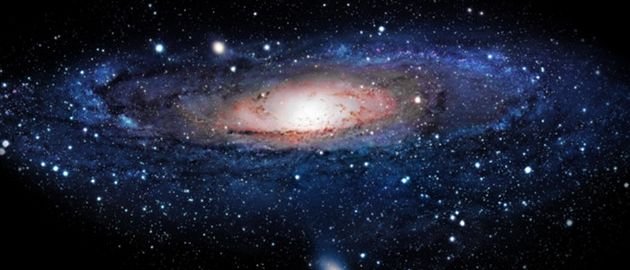
Is there life beyond Earth?
What is on earth that makes life possible?
What does it take to create a planet similar to Earth?
Mainly a planet needs to be located in a specific zone in its solar system, called Habitable Zone, this zone corresponds to the area around a star where the average temperature of the planets that are there would allow the existence of liquid water on its surface, but that a planet is in this area is not synonymous with habitability, because other aspects play a very important role in terms of the necessary temperature that it should have, as are the greenhouse effect and the albedo of a planet, in this case if the Earth had a higher degree of carbon dioxide in its atmosphere, we would have to move it to the position of Mars so that it could hold liquid water on its surface.

According to research, they suggest that giant impacts such as those that can cause protoplanet collisions in nascent solar systems could play an important role in the production of water on the surface of a planet, indicating that these collisions are so violent that they could heat the rocks at 1500º hot enough to release the water trapped in the depths in the form of vapor and after millions of years when the planet cools this vapor condenses and falls in the form of rain, covering the surface with seas and oceans. It is believed that this was what could have happened in the catastrophic collision that the Earth suffered, which besides having been able to release the water from the depths, our moon was also created. If this theory is true, then we would already be counting on two of the necessary elements for life, water and the energy of the sun.
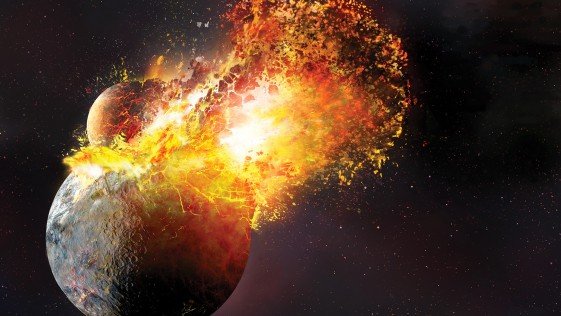
But what about the organic molecules and the chemical components that give rise to the formation of life?
According to studies these compounds are found in asteroids or comets, many chemical components and amino acids are transferred by asteroids throughout the universe, which suggests that thanks to the asteroid bombardment that came to receive the Earth was the way in which these necessary elements arrived to form life.
Well, until now we have not found life on other planets, but what would make us believe that we are alone? in the universe there are approximately 70 sextillions of stars according to a study of a group of scientists in Hawaii, which means there are even more planets than stars in the universe, so it is very difficult to find life on another planet, due to the extreme distances in which we find ourselves. However until now we have found planets where they can possibly harbor life, among them we have:
- Gliese 581g: It is a supertierra discovered in 2010 that is about 20 light years in the constellation Libra. The orbit to its star is about 36 Earth days and its temperature ranges between 37 and -12 degrees Celsius.
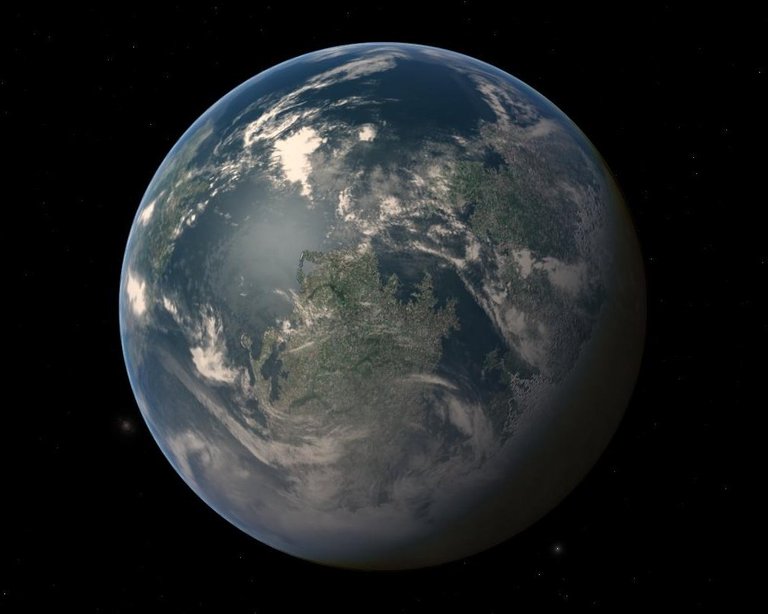
- Gliese 667Cc: A super-Earth, in this case discovered in 2012, located in a triple star system of the Scorpion constellation. Like the previous one, it is also found in the planetary system Gliese 581. This exoplanet orbits its star in a period of 28.1 days, making it the planet most similar to Earth. However, it has a remarkable counter point: its star is a red dwarf and therefore the stellar eruptions would envelop the planet with ultraviolet radiation or X-rays.

- Kepler 22b: It is 2.4 times larger than Earth, but its location with respect to its star make it another viable candidate to contain life. Experts believe that the surface temperature could be around 22 degrees Celsius.
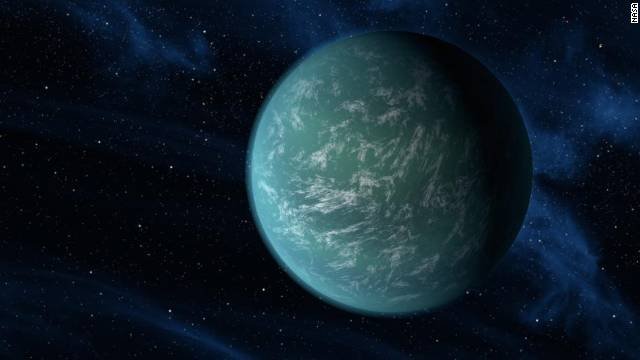
- HD 40307g: Located at 42 light years, this extrasolar planet has a mass up to 7 times greater than Earth. Fortunately, its orbit with respect to its star is very similar to that of Earth with respect to the Sun.
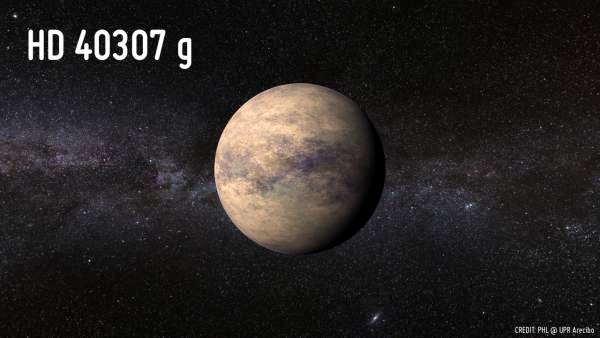
- HD 85512b: This planet has a size of 3.5 times that of Earth and is also at an ideal distance from its sun to hold liquid water on its surface if its atmosphere allows it..

Do you think that with so many galaxies, stars and planets in the universe is the Earth the only planet capable of developing and harboring life?
Leave me in the comments what you think about it
Thank you for reading!

To the question in your title, my Magic 8-Ball says:
Hi! I'm a bot, and this answer was posted automatically. Check this post out for more information.